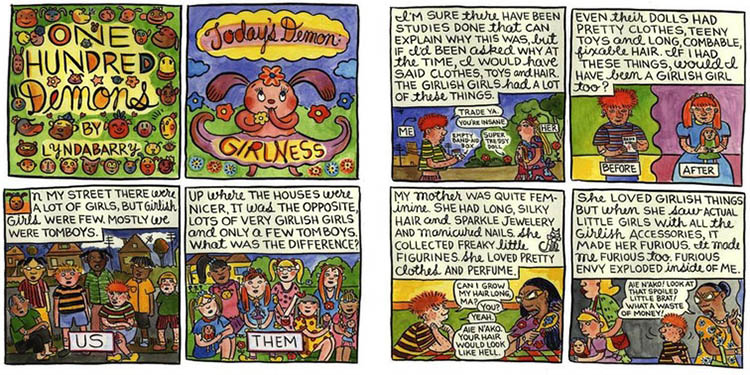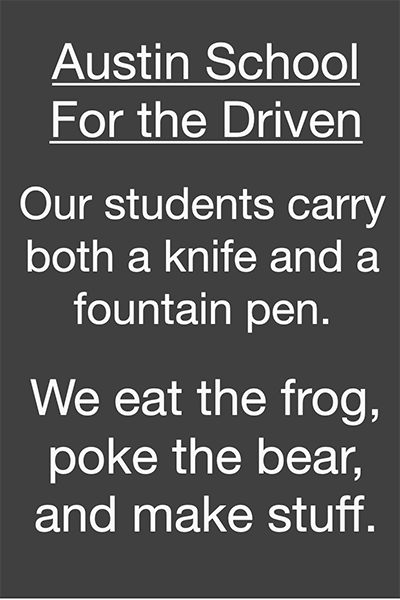5 ways to celebrate Black History Month with kids
/Cargo plan for the wrecked slave ship Henrietta Marie at the Bob Bullock Museum
We’re lucky to have a great array of Black History Month events and exhibits happening across Austin and the whole region that can spark kids’ imaginations and interest. Here are five options to consider checking out this month with your family:
- Black History Month Kids’ Day: On February 17, the George Washington Carver Museum and Cultural Center will host a big family event with crafts, activities, and learning opportunities about Black History Month from noon to 4pm. While you’re at the Carver Center, there’s also something for older teens: HBCU Day, when Texas Historically Black Colleges and Universities visit the center to recruit and show off their talents.
- At the Bullock Museum, a new interactive exhibit can offer kids a way to explore the tale of a wrecked slave ship, the Henrietta Marie.
- The Austin Public Library is celebrating the month with tons of first-rate movies telling some amazing stories that will inspire and educate, including Hidden Figures, Glory, The Jackie Robinson Story, and Akeelah and the Bee. You can check out the schedule on the library’s website.
- If you want to take your kids a little farther afield for some knowledge and fun, consider heading to San Angelo and the Fort Concho National Historic Landmark anytime, but especially on February 28, which is Buffalo Soldier History Day. This is a living history experience honoring the African American soldiers who served in the 19th century at forts across the United States.
- A little closer to home, you can pile family and friends in the car for a field trip to San Marcos and the Calaboose African American Museum’s exhibits on Buffalo Soldiers, the Tuskegee Airmen, and jazz pioneer Eddie Durham.
Shelley Sperry
Sperry Editorial




















